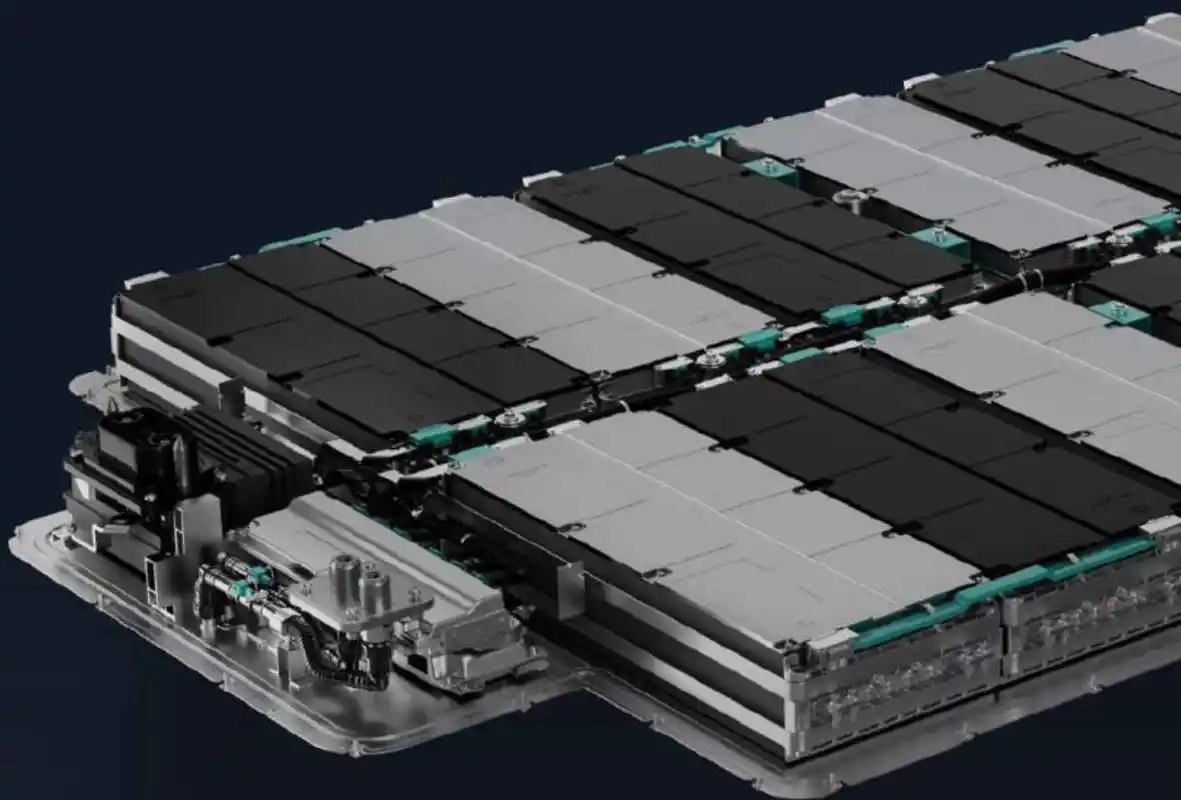 |
Welcome To Evlithium Best Store For Lithium Iron Phosphate (LiFePO4) Battery |
 |

Amidst the rapid development of the new energy vehicle industry, China has made two significant breakthroughs in solid-state battery technology.
A research team led by Prof. Wang Chunyang at the Institute of Metal Research, Chinese Academy of Sciences, collaborating with international experts, has unveiled the formation mechanism of sudden short circuits in solid-state batteries at the nanoscale using in situ transmission electron microscopy. This landmark study was published in the Journal of the American Chemical Society (JACS) on May 20.
Specifically, Prof. Wang's team discovered that internal defects in solid-state batteries cause lithium metal deposition, forming conductive pathways that trigger "soft short circuits" which ultimately evolve into irreversible "hard short circuits." To address this global challenge, the team innovatively developed an organic-inorganic composite solid-state electrolyte material. Its unique mechanical flexibility and electronic insulation properties effectively suppress lithium dendrite growth.
This breakthrough removes a critical barrier to the commercialization of solid-state batteries.
On May 22, the China Society of Automotive Engineers officially released "Determination Methods for Full Solid-State Batteries" (T/CSAE 434-2025)—the world's first technical standard explicitly defining full solid-state batteries.
The standard innovatively adopts a "two-step testing protocol," using weight loss rate <1% as the core criterion. This resolves the industry's inconsistent use of "full solid-state" versus "semi-solid-state" terminology. The standard mandates that full solid-state batteries must achieve "ion transport exclusively through solid electrolytes," completely eliminating liquid electrolyte participation and establishing a strict distinction from hybrid solid-liquid electrolyte batteries.
The two-step determination method:
Qualitative Test: Visual inspection confirms no liquid leakage after puncture.
Quantitative Test: After 6 hours of vacuum drying at 120°C, battery weight loss rate <1% (Weight loss rate = mass loss / initial mass).
Experimental verification shows the method has an error rate as low as 0.3%, covers mainstream technical routes (sulfide/oxide/polymer), and ensures safety with universal testing conditions (vacuum: -0.095~-0.1MPa).
Full solid-state batteries—with advantages including energy density exceeding 400 Wh/kg and minimal thermal runaway risk—are regarded as the "ultimate form" of power batteries. However, the absence of unified standards over the past decade led to market confusion: some manufacturers labeled batteries with 5% liquid electrolyte as "full solid-state," misleading consumers, increasing disputes, causing redundant R&D investment, and hindering industrialization.
This standard was developed by the China Automotive Technology and Research Center (CATARC) New Energy Vehicle Inspection Center (Tianjin), jointly drafted by over 50 industry players including CATL, BYD, and research institutions after 8 months of technical development and validation.
It is estimated to improve certification efficiency by 50% and reduce market promotion costs by 30%, effectively regulating market order and protecting consumer rights. Notably, Japan, Europe, and the US have yet to establish comparable standards, positioning China for "standard leadership" in this field.
Domestic companies are accelerating solid-state battery deployment: Gotion High-tech has established a pilot production line and initiated vehicle testing; automakers including SAIC Motor and Mercedes-Benz have announced mass-production timelines targeting 2027. The industry widely anticipates small-batch production by 2027 and full commercialization around 2030.
Solid-state batteries are now at a critical inflection point transitioning from "concept" to "mass production." Driven by policy support and technological breakthroughs, their commercialization is advancing rapidly.
Edit by paco
All Rights reserved © 2025 Evlithium Limited